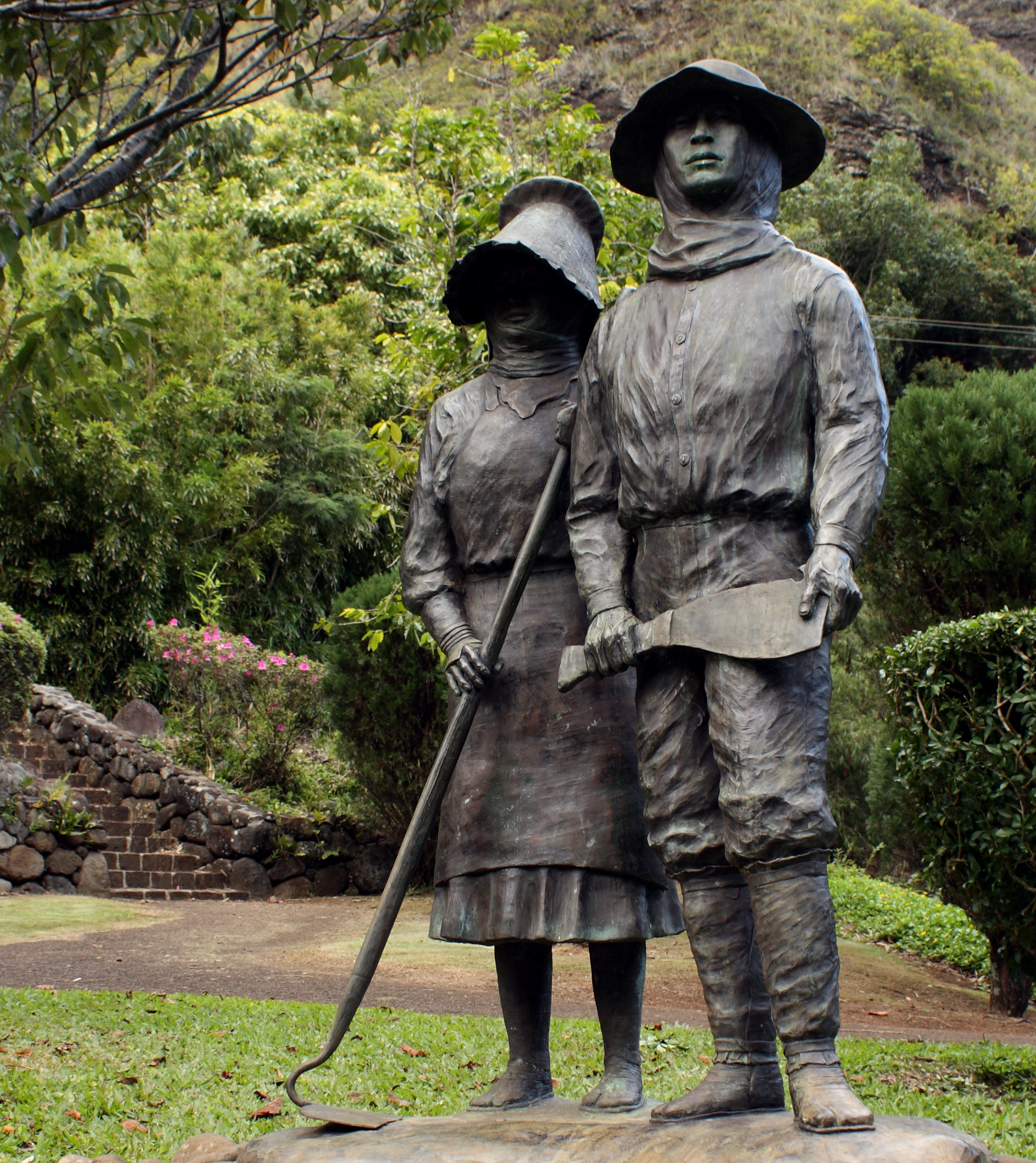Japanese Problem on:
[Wikipedia]
[Google]
[Amazon]
 The Japanese Problem, also referred to as the Japanese Menace or the Japanese Conspiracy, was the name given to racial tensions in Hawaii between the
The Japanese Problem, also referred to as the Japanese Menace or the Japanese Conspiracy, was the name given to racial tensions in Hawaii between the
 The Japanese Problem, also referred to as the Japanese Menace or the Japanese Conspiracy, was the name given to racial tensions in Hawaii between the
The Japanese Problem, also referred to as the Japanese Menace or the Japanese Conspiracy, was the name given to racial tensions in Hawaii between the European-American
European Americans are Americans of European ancestry. This term includes both people who descend from the first European settlers in the area of the present-day United States and people who descend from more recent European arrivals. Since th ...
sugarcane
Sugarcane or sugar cane is a species of tall, Perennial plant, perennial grass (in the genus ''Saccharum'', tribe Andropogoneae) that is used for sugar Sugar industry, production. The plants are 2–6 m (6–20 ft) tall with stout, jointed, fib ...
plantation
Plantations are farms specializing in cash crops, usually mainly planting a single crop, with perhaps ancillary areas for vegetables for eating and so on. Plantations, centered on a plantation house, grow crops including cotton, cannabis, tob ...
owners and the Japanese immigrants hired to work in the cane fields.
Origins
The term "Japanese Problem" came into use during the 1920 Oahu Sugar Strike. Following the strike, powerfulEuropean-American
European Americans are Americans of European ancestry. This term includes both people who descend from the first European settlers in the area of the present-day United States and people who descend from more recent European arrivals. Since th ...
s like Walter Dillingham and Harry Baldwin were vocal about their concerns regarding the increasing Japanese population in Hawaii. They worried that the increasing Japanese population would eventually affect politics in Hawaii as the voter base changed. Ultimately, they were most concerned that the Japanese were loyal to Japan, and would allow the Japanese Empire
The Empire of Japan, also known as the Japanese Empire or Imperial Japan, was the Japanese nation state that existed from the Meiji Restoration on January 3, 1868, until the Constitution of Japan took effect on May 3, 1947. From 1910 to ...
to claim Hawaii.
Wallace Farrington pointed out in a speech in 1920 that even though the strikes were caused by "malcontents and agitators", the Japanese had to be given the chance to Americanize
Americanization or Americanisation (see spelling differences) is the influence of the American culture and economy on other countries outside the United States, including their media, cuisine, business practices, popular culture, technology ...
. This notion was pushed back against by people both within Hawaii and on the U.S. Mainland, like Valentine McClatchy, who claimed that the Japanese could not integrate into American culture because they held on to their own culture and religion too fervently.
Further reading
* *References
{{ReflistSee also
*Japanese in Hawaii
The Japanese in Hawaii (simply Japanese Hawaiians or "Local Japanese", rarely Kepanī) are the second largest ethnic group in Hawaii. At their height in 1920, they constituted 43% of Hawaii's population. They now number about 16.7% of the isl ...
* Politics in Hawaii during the 1920s
* Yellow Peril
The Yellow Peril (also the Yellow Terror, the Yellow Menace, and the Yellow Specter) is a Racism, racist color terminology for race, color metaphor that depicts the peoples of East Asia, East and Southeast Asia as an existential danger to the ...
*Niihau incident
The Niʻihau incident occurred on December 7–13, 1941, when the Imperial Japanese Navy Air Service pilot crash-landed on the Territory of Hawaii, Hawaiian island of Niihau, Niʻihau after participating in the attack on Pearl Harbor. The Impe ...
Japanese
Japanese may refer to:
* Something from or related to Japan, an island country in East Asia
* Japanese language, spoken mainly in Japan
* Japanese people, the ethnic group that identifies with Japan through ancestry or culture
** Japanese diaspor ...
Anti-Japanese sentiment in the United States
History of sugar
Japanese-American culture in Hawaii